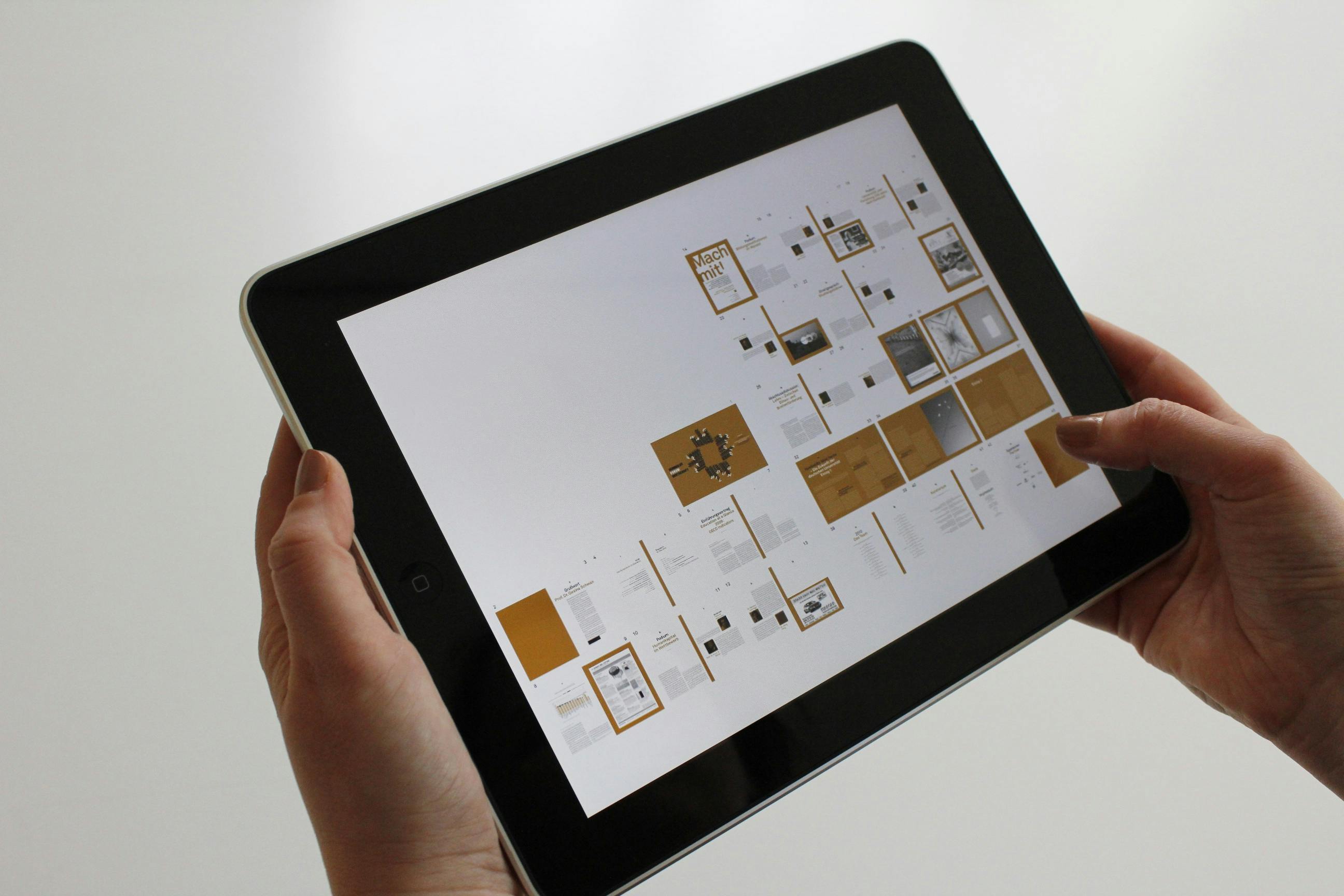Planning the Future Content for Your Website
The anticipation and planning of future content for a website are pivotal to its continued relevance, authority, and engagement with its audience. A comprehensive content plan not only facilitates the growth of a website but also serves as a strategic roadmap to consistently deliver valuable and impactful content. In this in-depth guide, we will explore the essential steps and best practices for planning the future content of a website, encompassing audience analysis, content ideation, editorial calendars, and performance tracking. By embracing this strategic approach to future content planning, businesses and creators can cultivate sustained growth and resonance with their audience in the competitive digital landscape.
Understanding Audience Needs: Planning Content
Image via Unsplash.com
Prior to charting the course for future website content, it is crucial to gain a deep understanding of the audience’s needs, interests, and preferences. Audience research serves as the bedrock for creating content that resonates with the intended audience and fulfills their informational, educational, or entertainment needs.
Key aspects of audience research include:
- Demographic analysis: Identify and comprehend the demographic characteristics of the target audience, including age, gender, location, and interests.
- Behavioral insights: Evaluate user behavior, engagement patterns, and content consumption habits to discern popular topics and formats.
- Keyword and topic analysis: Utilize keyword research tools and topic discovery platforms to identify trending subjects, relevant keywords, and content gaps that warrant attention.
- Content Ideation and Topic Generation: Cultivate Diverse and Valuable Content Ideas because
Content ideation is a creative process that merges brainstorming, research, and innovation to generate a diverse range of content concepts that resonate with the audience’s interests and the website’s objectives. By cultivating a repertoire of potential content topics, businesses and creators can consistently deliver compelling and valuable content because it is effective.
Strategies for content ideation and topic generation include:
- Identifying trending industry topics: Stay current with industry news, emerging trends, and relevant developments that can inspire future content.
- Addressing audience pain points: Anticipate and address common challenges, questions, or issues faced by the audience through content that offers solutions, guidance, or insights.
- Leveraging user-generated content: Engage with user feedback, comments, and engagement metrics to identify content ideas generated from audience interaction and input.
Editorial Calendars and Content Scheduling: Planning Content
Image via Unsplash.com
An editorial calendar provides a structured framework for organizing, scheduling, and managing future content initiatives. It offers a systematic way to plan, execute, and track content creation, publication, and promotion, thereby maintaining consistency across content delivery.
Considerations and best practices for editorial calendars include:
- Content classification and categorization: Organize content ideas into categories, themes, or content pillars that align with business objectives and audience interests.
- Publication cadence and timing: Coordinate content releases based on a well-defined publishing schedule that accounts for optimal times and dates to reach the target audience.
- Content collaboration and team alignment: Ensure that all stakeholders, contributors, and team members are informed and aligned with the content plan and publication schedule.
Content Performance Tracking and Analytics: Planning Content
A pivotal component of planning future content is tracking and evaluating the performance and impact of published content to inform future content strategies and optimizations.
Key performance tracking considerations include:
- Engagement metrics: Monitor audience engagement, including page views, time on page, bounce rates, and social shares, to gauge content impact and resonance.
- Conversion tracking: Assess the effectiveness of content by tracking conversions, sign-ups, downloads, or other measurable actions linked to content consumption.
- SEO and keyword performance: Evaluate keyword rankings, organic traffic, and search engine visibility. It helps to understand content effectiveness in driving organic traffic.
Iterative Strategy, Optimization, and Agility: Adapting to Feedback and Changing Dynamics
Image via Unsplash.com
Planning future content is not a static process. It requires agility, adaptability, and continuous improvement to remain responsive to audience preferences, industry trends, and technological advancements.
Strategies for iterative content planning and optimization include:
- A/B testing and experimentation: Conduct experiments, A/B tests, or content variations to gauge audience response and optimize content performance.
- Iterative improvements: Regularly revisit and refine existing content based on feedback, performance data. And evolving best practices to enhance its impact.
- Staying abreast of industry developments: Embrace continuous learning, industry insights, and best practices to inform future content planning and innovations.
- In conclusion, planning the future content of a website encompasses a multi-faceted process. It includes audience research, content ideation, editorial calendars, performance tracking, and iterative optimization. Investing in a comprehensive content plan is crucial because it is effective. It helps businesses and creators can foster a roadmap. This is useful for consistently delivering valuable, engaging, and impactful content that resonates with their target audience. And drives sustained growth and relevance for their website. Embracing a strategic, audience-centric approach to content planning will position websites for success in a dynamic and competitive digital landscape.
When conducting audience research for planning future website content, several key aspects should be carefully considered. It helps to ensure a deep understanding of the target audience and their preferences. These aspects include demographic analysis, psychographic insights, behavior patterns, and content consumption habits. Let’s delve into each of these components in more details because it will help in our journey:
Demographic Analysis: Planning Content
Understanding the demographic composition of the target audience is crucial for tailoring content to meet their specific needs and interests. Key demographic factors to consider include age, gender, location, income level, education, occupation, and more. Analyzing demographic data, businesses can gain insights into the characteristics of their audience. And tailor content to address the unique preferences of different demographic segments because it is very useful.
Psychographic Insights:
In addition to demographics, psychographic factors play a significant role in audience research. Psychographics delve into the attitudes, values, lifestyles, and personality traits of the audience. Conducting surveys, interviews, and observational research, businesses can gauge the psychographic profiles of their audience. It allows for the creation of more personalized and resonant content that aligns with their beliefs, preferences, and aspirations because of its powerful effect.
Content Consumption Habits: Planning Content

Image via Pexels.com
Understanding how the audience consumes content is vital for crafting a content strategy. Analyzing which types of content are most popular. The preferred formats such as articles, videos, infographics, etc. And the topics that resonate the most, businesses can tailor future content to align with audience preferences. Consumption habits can be determined through metrics like page views, time on page, bounce rates, and social shares. It allows businesses to identify high-performing content and surface patterns in audience engagement because it has positive impact.
Considering these key aspects in audience research is crucial because they are effective. And businesses can develop a comprehensive understanding of their audience. It enables them to create targeted and engaging content that resonates with their users. And fulfills their informational, educational, and entertainment needs because it is effective.







